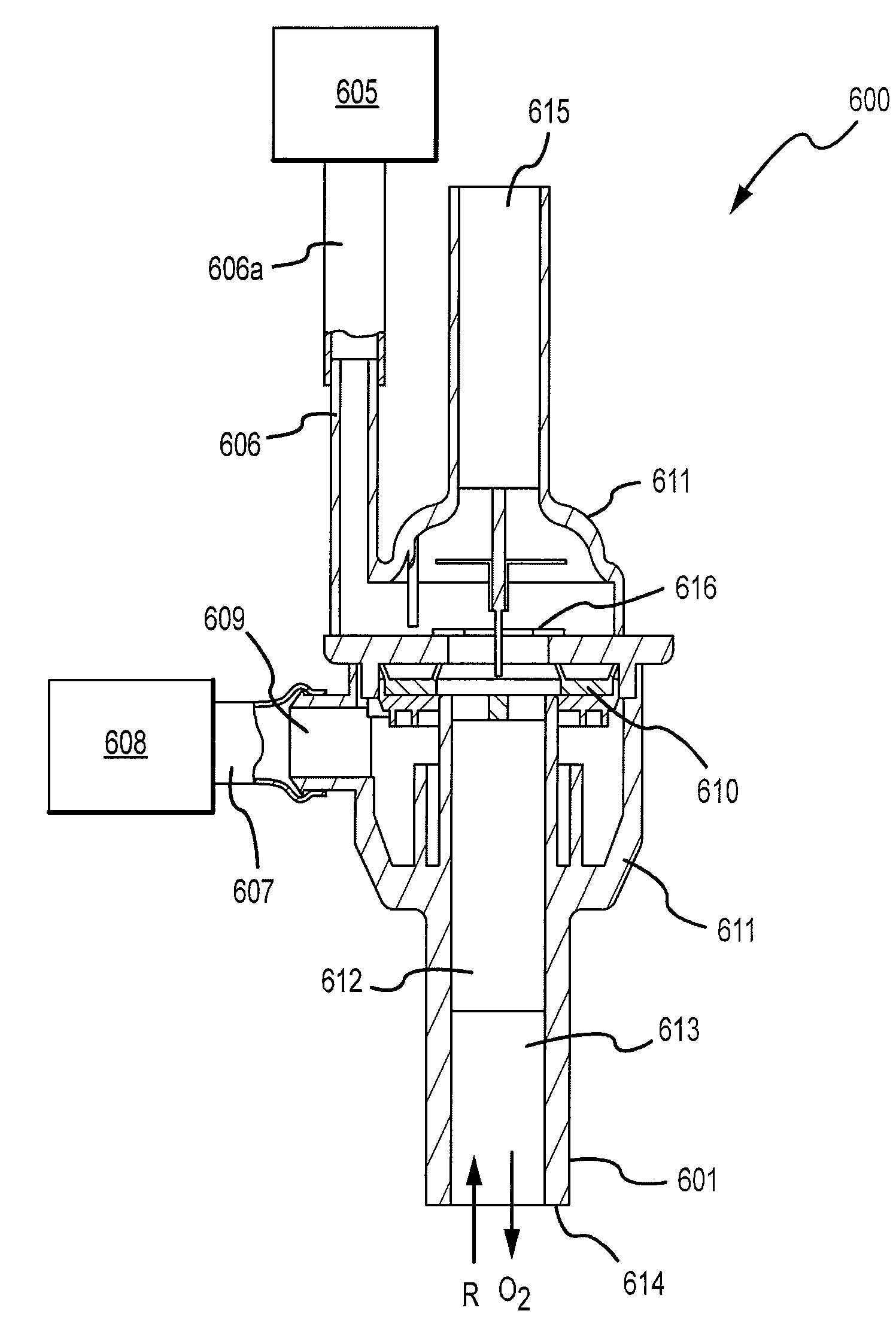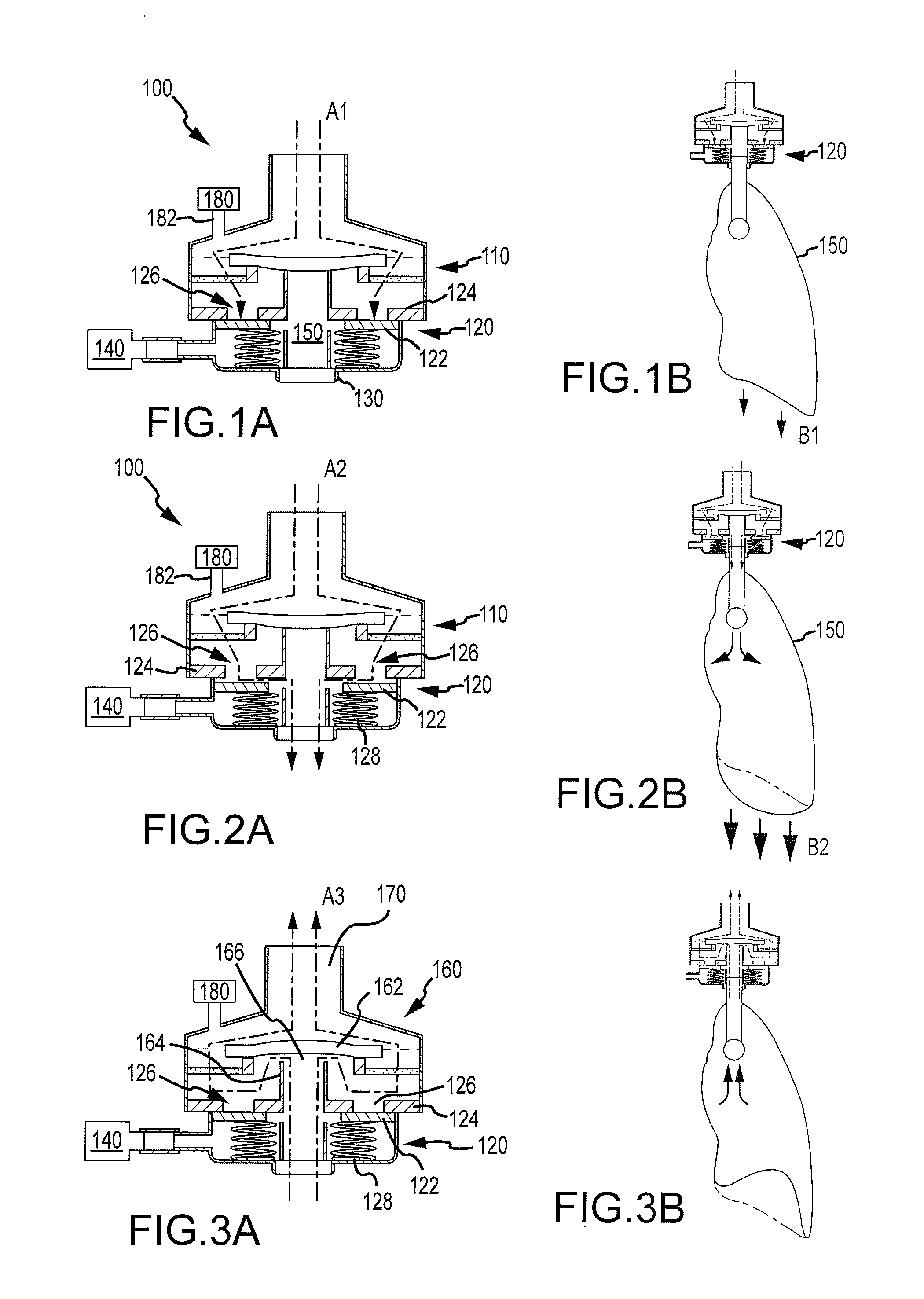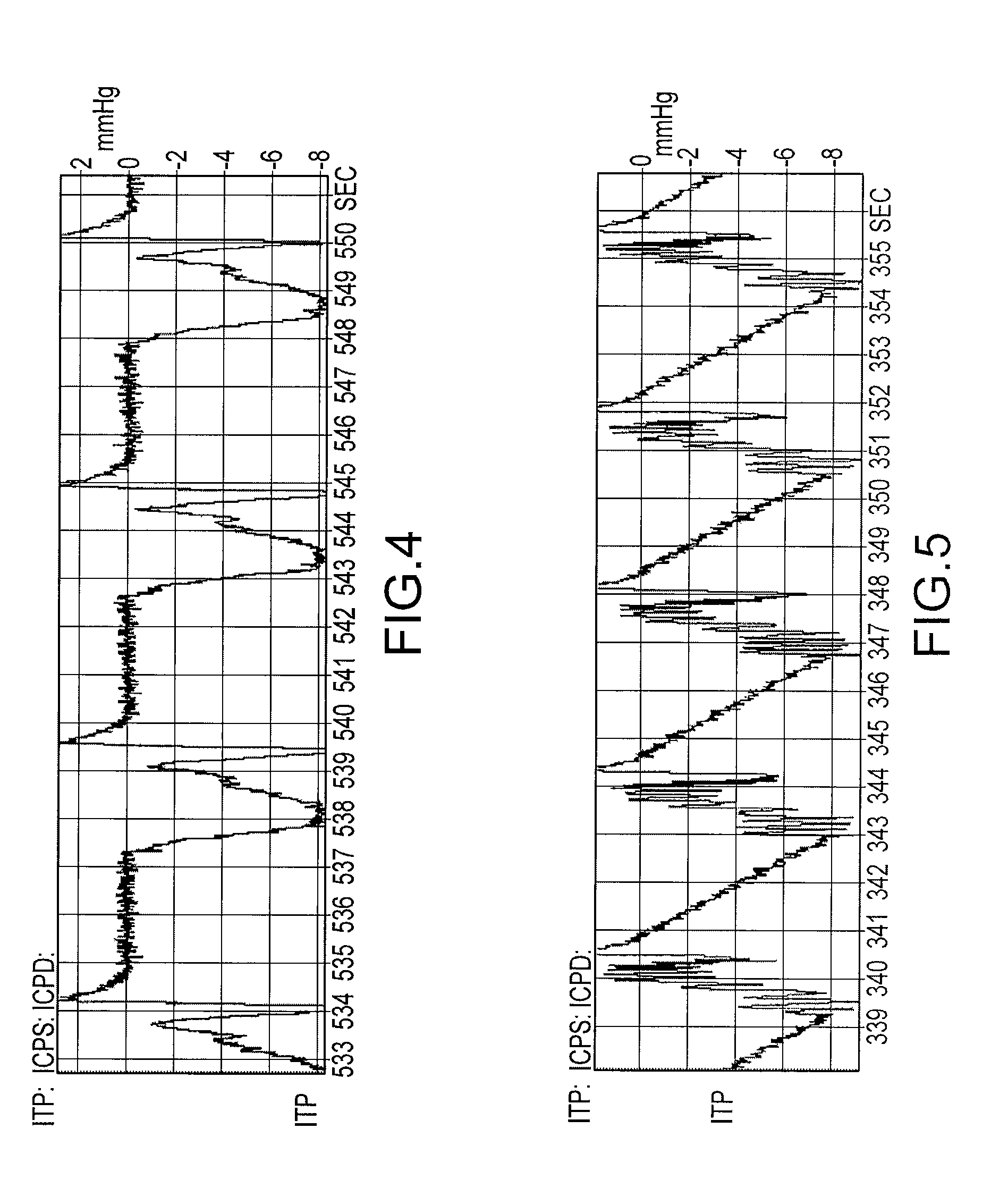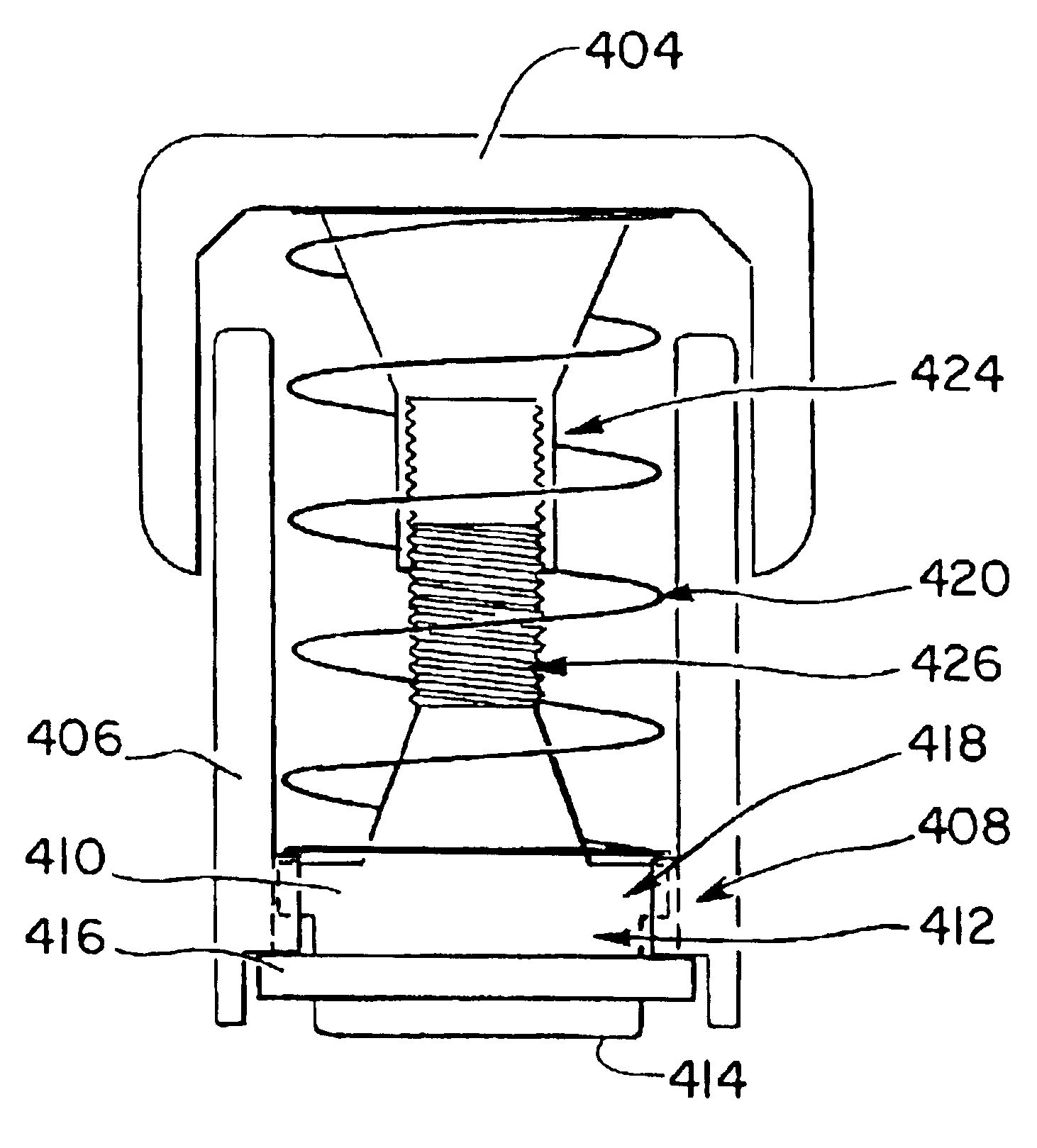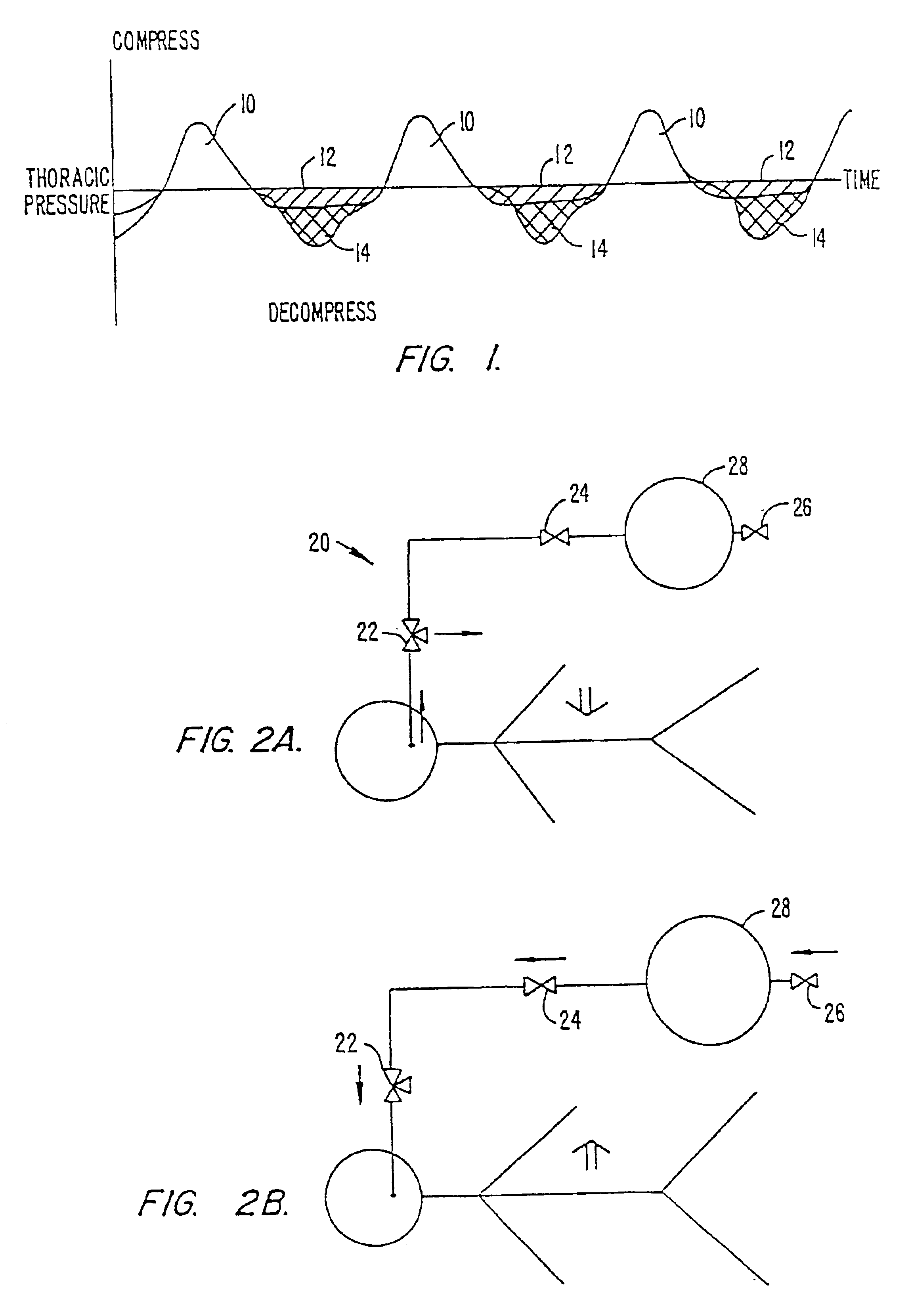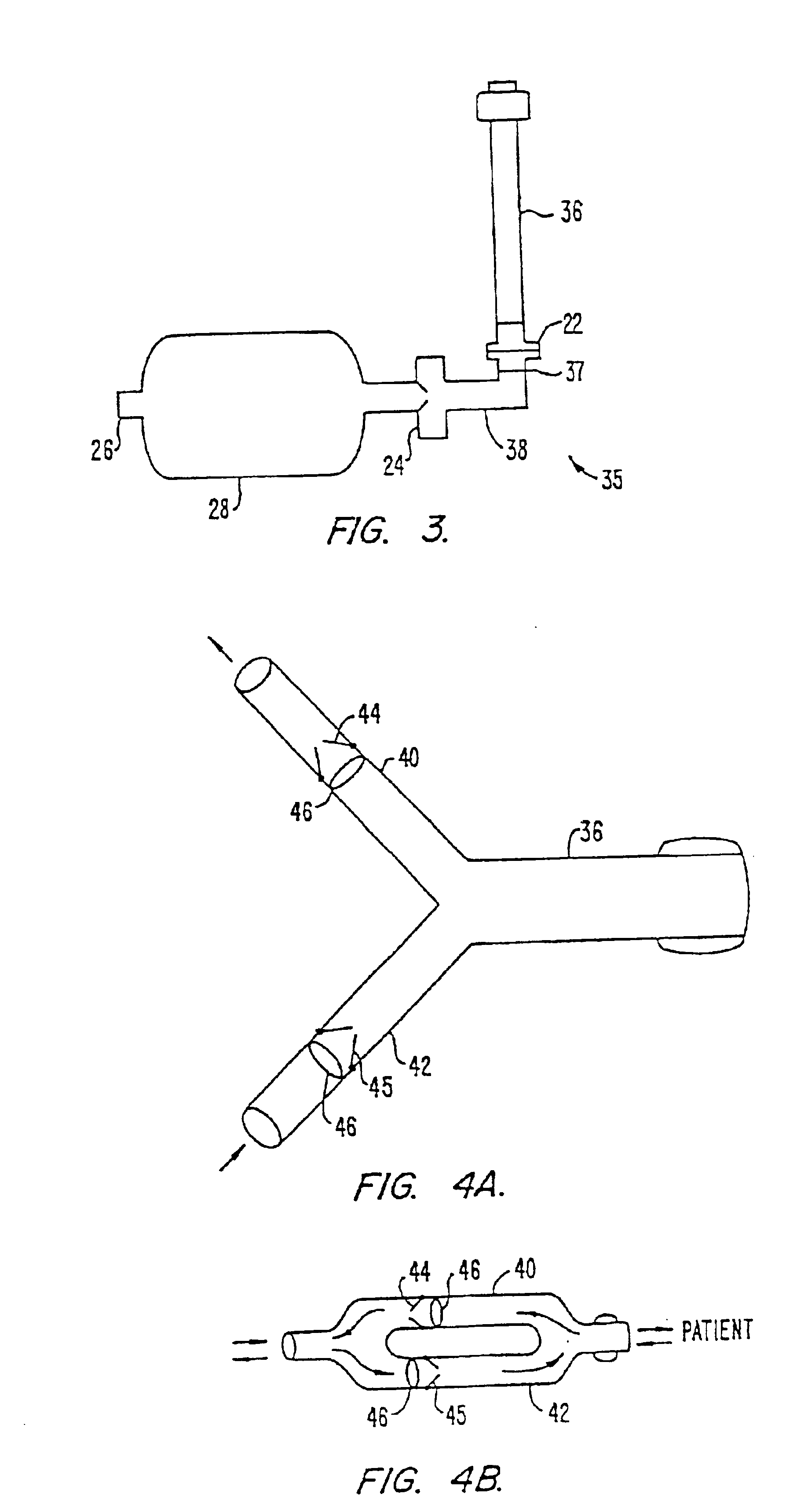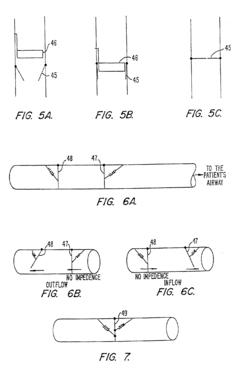Hypertonic Techniques for Better Blood Circulation: A Study
Hypertonic Techniques Background and Objectives
Hypertonic techniques for improving blood circulation have gained significant attention in recent years as a promising approach to enhance cardiovascular health. The development of these techniques stems from the growing understanding of the complex interplay between blood osmolarity, fluid dynamics, and vascular function. Historically, the concept of using hypertonic solutions to influence blood flow can be traced back to early physiological studies in the mid-20th century. However, it is only in the past two decades that substantial progress has been made in applying these principles to practical medical interventions.
The evolution of hypertonic techniques has been driven by advancements in multiple scientific disciplines, including fluid dynamics, molecular biology, and biomedical engineering. Early research focused primarily on the use of hypertonic saline solutions in emergency medicine for treating hypovolemic shock. As the field progressed, researchers began to explore the potential of hypertonic techniques in improving microcirculation and tissue perfusion in various clinical scenarios.
The primary objective of current research in hypertonic techniques for blood circulation is to develop safe, effective, and targeted methods to enhance blood flow in specific tissues or organs. This goal encompasses several key areas of investigation, including the optimization of hypertonic solution compositions, the development of novel delivery mechanisms, and the exploration of synergistic effects with other therapeutic modalities.
One of the critical aims is to elucidate the precise mechanisms by which hypertonic solutions influence blood rheology and vascular function. This includes understanding how these solutions affect blood viscosity, red blood cell deformability, and endothelial cell function. Additionally, researchers are investigating the potential of hypertonic techniques to modulate inflammatory responses and oxidative stress, which are known to impact blood circulation.
Another important objective is to identify and validate specific clinical applications where hypertonic techniques can provide significant benefits. This includes exploring their use in conditions such as ischemic stroke, peripheral artery disease, and wound healing. Researchers are also investigating the potential of these techniques in enhancing drug delivery to target tissues, particularly in the context of cancer treatment and neurological disorders.
The development of personalized hypertonic therapies represents a frontier in this field. This involves tailoring the composition and administration of hypertonic solutions based on individual patient characteristics, such as their underlying health conditions, genetic profile, and specific circulatory needs. Achieving this level of personalization requires advancements in diagnostic technologies and a deeper understanding of the factors that influence individual responses to hypertonic interventions.
As research in this area continues to evolve, there is a growing emphasis on translating laboratory findings into clinical practice. This necessitates rigorous clinical trials to establish the safety and efficacy of hypertonic techniques in various patient populations. Furthermore, there is a need to develop standardized protocols and guidelines for the use of these techniques in different medical settings.
Market Analysis for Blood Circulation Enhancement
The market for blood circulation enhancement technologies has experienced significant growth in recent years, driven by increasing awareness of cardiovascular health and the rising prevalence of circulatory disorders. The global market for circulatory health products and services is projected to reach substantial value in the coming years, with a compound annual growth rate outpacing many other healthcare sectors.
Demographic shifts play a crucial role in market expansion. As populations age in developed countries, there is a growing demand for solutions to address circulatory issues associated with aging. Simultaneously, emerging economies are witnessing a rise in lifestyle-related circulatory problems, creating new market opportunities.
Consumer trends indicate a shift towards preventive healthcare, with individuals seeking non-invasive and natural methods to improve blood circulation. This has led to increased interest in dietary supplements, exercise equipment, and wearable devices designed to enhance circulatory function.
The market landscape is diverse, encompassing pharmaceutical interventions, medical devices, and lifestyle products. Pharmaceutical companies continue to invest in developing drugs targeting circulatory disorders, while medical device manufacturers focus on innovative technologies such as compression therapy devices and advanced monitoring systems.
Hypertonic techniques for blood circulation enhancement represent a niche but growing segment within this market. These techniques, which involve the use of solutions with higher osmotic pressure than blood, show promise in improving microcirculation and tissue perfusion. The potential applications span from sports medicine to critical care settings.
Regulatory environments significantly influence market dynamics. Stringent approval processes for circulatory health products in developed markets can pose challenges for new entrants but also ensure product quality and efficacy. Emerging markets often present fewer regulatory barriers, offering opportunities for rapid market penetration but also raising concerns about product standards.
Market segmentation reveals distinct consumer groups with varying needs. Athletes and fitness enthusiasts seek products that enhance performance and recovery, while older adults prioritize solutions for age-related circulatory issues. Healthcare providers represent another crucial segment, driving demand for advanced diagnostic and treatment technologies.
Technological advancements are reshaping the competitive landscape. The integration of artificial intelligence and big data analytics in circulatory health monitoring devices is creating new product categories and enhancing the effectiveness of existing solutions. This trend is expected to accelerate, potentially disrupting traditional market segments.
Current Challenges in Hypertonic Therapies
Despite the promising potential of hypertonic therapies for improving blood circulation, several significant challenges currently hinder their widespread adoption and efficacy. One of the primary obstacles is the difficulty in maintaining optimal osmotic gradients within the body. The human body's natural regulatory mechanisms tend to counteract the effects of hypertonic solutions, leading to a rapid equilibration of osmotic pressure. This necessitates frequent administration or continuous infusion of hypertonic solutions, which can be impractical in many clinical settings.
Another challenge lies in the potential side effects associated with hypertonic therapies. The rapid shift in fluid balance can lead to electrolyte imbalances, particularly hypernatremia, which may cause neurological complications if not carefully managed. Additionally, the sudden increase in plasma volume can exacerbate pre-existing cardiovascular conditions, posing risks for patients with heart failure or hypertension.
The lack of standardized protocols for hypertonic therapies presents a significant hurdle in clinical practice. The optimal concentration, volume, and administration rate of hypertonic solutions can vary greatly depending on the specific condition being treated and individual patient factors. This variability makes it challenging to establish universal guidelines and complicates the training of healthcare professionals in the safe and effective use of these techniques.
Furthermore, the long-term effects of repeated hypertonic therapies on vascular health and organ function remain poorly understood. There are concerns about potential damage to the endothelial lining of blood vessels and the impact on renal function, especially in patients requiring chronic treatment. The limited long-term safety data creates hesitancy among clinicians in recommending hypertonic therapies for extended periods.
The development of targeted delivery systems for hypertonic solutions represents another technological challenge. Current methods often result in systemic effects, whereas localized application to specific areas of poor circulation would be more beneficial and potentially reduce side effects. Advances in nanotechnology and drug delivery systems are needed to overcome this limitation and improve the precision of hypertonic therapies.
Lastly, the cost-effectiveness of hypertonic therapies compared to alternative treatments for improving blood circulation remains a point of contention. The specialized equipment and monitoring required for safe administration can be resource-intensive, limiting their use in resource-constrained healthcare settings. Demonstrating clear clinical benefits and cost savings over existing therapies is crucial for wider acceptance and implementation of hypertonic techniques in standard medical practice.
Existing Hypertonic Solutions for Blood Circulation
01 Hypertonic solutions for improving blood circulation
Hypertonic solutions can be used to enhance blood circulation by creating an osmotic gradient. This technique involves introducing a concentrated solution into the bloodstream, which draws fluid from surrounding tissues, increasing blood volume and improving circulation. This method can be particularly useful in treating various circulatory disorders and improving tissue perfusion.- Hypertonic solutions for improving blood circulation: Hypertonic solutions can be used to enhance blood circulation by creating an osmotic gradient. This technique draws fluid from tissues into the bloodstream, increasing blood volume and improving circulation. The method can be particularly useful in treating various circulatory disorders and improving overall cardiovascular health.
- Compression techniques for blood circulation enhancement: Compression-based methods, such as intermittent pneumatic compression devices, can be employed to improve blood circulation. These techniques apply external pressure to limbs or specific body areas, promoting venous return and enhancing overall blood flow. This approach is beneficial for preventing deep vein thrombosis and reducing edema.
- Electrical stimulation for circulatory improvement: Electrical stimulation techniques can be used to enhance blood circulation. This method involves applying controlled electrical impulses to muscles or nerves, promoting muscle contractions and vasodilation. The technique is effective in improving local blood flow and can be particularly useful for patients with limited mobility or circulatory disorders.
- Mechanical devices for blood circulation enhancement: Various mechanical devices can be employed to improve blood circulation. These may include specialized pumps, massage devices, or wearable technologies that apply rhythmic pressure or movement to promote blood flow. Such devices can be particularly beneficial for individuals with circulatory issues or those recovering from surgery.
- Pharmacological approaches to enhance blood circulation: Certain pharmacological agents can be used to improve blood circulation. These may include vasodilators, anticoagulants, or other compounds that affect blood viscosity or vessel dilation. Such approaches can be tailored to address specific circulatory issues and may be used in conjunction with other techniques for optimal results.
02 Mechanical devices for enhancing blood flow
Various mechanical devices have been developed to improve blood circulation using hypertonic techniques. These may include compression devices, pumps, or specialized equipment that apply pressure or create suction to enhance blood flow in specific areas of the body. Such devices can be particularly beneficial for patients with compromised circulation or those recovering from surgery.Expand Specific Solutions03 Hypertonic solutions combined with therapeutic agents
Combining hypertonic solutions with therapeutic agents can provide dual benefits for improving blood circulation. The hypertonic solution enhances fluid movement, while the added therapeutic agents target specific circulatory issues. This approach can be used in various medical treatments, including wound healing, tissue repair, and management of circulatory disorders.Expand Specific Solutions04 Non-invasive hypertonic techniques for circulation improvement
Non-invasive methods utilizing hypertonic principles have been developed to enhance blood circulation. These may include topical applications, transdermal delivery systems, or external devices that create localized hypertonic environments. Such techniques offer advantages in terms of patient comfort and reduced risk compared to more invasive procedures.Expand Specific Solutions05 Hypertonic techniques for specific medical conditions
Specialized hypertonic techniques have been developed to address blood circulation issues in specific medical conditions. These may include treatments for shock, cerebral edema, or peripheral vascular disease. The techniques are tailored to the unique requirements of each condition, optimizing the benefits of hypertonic solutions for improving circulation in targeted areas.Expand Specific Solutions
Key Players in Hypertonic Treatment Industry
The field of hypertonic techniques for improved blood circulation is in a growth phase, with increasing market size and technological advancements. The global market for circulatory support devices is expanding, driven by rising cardiovascular diseases and aging populations. Technologically, the sector is progressing rapidly, with companies like ZOLL Medical Corp. and Fresenius Medical Care Deutschland GmbH leading innovation. Other key players such as HeartWare, Inc. and CareFusion 2200, Inc. are contributing to the development of sophisticated circulatory support systems. The involvement of academic institutions like the University of California and University of Kentucky Research Foundation indicates ongoing research and potential for breakthrough technologies in this field.
ZOLL Medical Corp.
Fresenius Medical Care Deutschland GmbH
Core Innovations in Hypertonic Techniques
- A system and method utilizing a valve system interfaced with a patient's airway, featuring a threshold valve that impedes respiratory gas flow until a certain inspiratory pressure is reached, combined with an external vacuum to enhance circulation, decrease intracranial pressure, and increase respiratory rate, which can be administered by non-professionals in various settings.
- A valve system is interfaced with the person's airway to decrease or prevent respiratory gas flow to the lungs during inhalation, creating negative intrathoracic pressure to enhance venous return and increase cardiac output, which can be achieved through a facial mask or endotracheal tube with a pressure-responsive valve that opens when a certain pressure threshold is reached.
Safety and Efficacy Regulations for Hypertonic Treatments
The regulatory landscape for hypertonic treatments aimed at improving blood circulation is complex and evolving. Regulatory bodies such as the FDA in the United States and the EMA in Europe have established stringent guidelines to ensure the safety and efficacy of these treatments. These regulations typically cover various aspects, including product classification, clinical trial requirements, and post-market surveillance.
Hypertonic solutions are generally classified as medical devices or drugs, depending on their mechanism of action and intended use. This classification determines the regulatory pathway and requirements for market approval. For instance, hypertonic saline solutions used for fluid resuscitation may be regulated as drugs, while certain hypertonic dressings for wound care might be classified as medical devices.
Clinical trial requirements for hypertonic treatments are rigorous, often necessitating multi-phase studies to demonstrate safety and efficacy. These trials must adhere to Good Clinical Practice (GCP) guidelines and include comprehensive safety monitoring protocols. Regulatory agencies typically require evidence of improved blood circulation without significant adverse effects on other physiological systems.
Safety considerations are paramount in the regulation of hypertonic treatments. Manufacturers must conduct thorough risk assessments and implement risk management strategies to mitigate potential hazards. This includes evaluating the impact of hypertonic solutions on electrolyte balance, osmotic pressure, and potential tissue damage. Long-term safety data is often required, particularly for treatments intended for chronic use.
Efficacy regulations focus on demonstrating measurable improvements in blood circulation. This may involve standardized tests to assess blood flow, tissue oxygenation, and overall cardiovascular function. Regulatory bodies often require comparative studies against existing treatments to establish the added benefit of new hypertonic techniques.
Post-market surveillance is a critical component of the regulatory framework. Manufacturers are required to implement systems for monitoring and reporting adverse events related to hypertonic treatments. This ongoing surveillance helps identify any long-term safety issues or unexpected side effects that may not have been apparent during clinical trials.
Regulatory requirements also extend to manufacturing processes, quality control, and labeling. Manufacturers must comply with Good Manufacturing Practice (GMP) guidelines to ensure consistent product quality. Labeling regulations mandate clear instructions for use, potential side effects, and contraindications to ensure safe and effective application of hypertonic treatments.
International harmonization efforts, such as the International Medical Device Regulators Forum (IMDRF), aim to streamline regulatory processes across different regions. However, significant variations in regulatory requirements still exist between countries, necessitating tailored approaches for global market access of hypertonic treatments.
Patient Compliance and Treatment Adherence Strategies
Patient compliance and treatment adherence are critical factors in the successful implementation of hypertonic techniques for improving blood circulation. The effectiveness of these treatments largely depends on patients following prescribed regimens consistently and accurately. To enhance compliance and adherence, healthcare providers must employ a multi-faceted approach that addresses various patient needs and concerns.
One key strategy is patient education. Providing comprehensive information about the benefits of hypertonic techniques, potential side effects, and the importance of consistent application can significantly improve adherence. This education should be tailored to the patient's level of understanding and delivered through various mediums, such as verbal explanations, written materials, and visual aids.
Simplifying treatment regimens is another crucial approach. Complex or frequent treatments can be overwhelming for patients, leading to poor adherence. Healthcare providers should strive to develop streamlined protocols that are easy to follow while maintaining efficacy. This may involve reducing the frequency of treatments or simplifying the application process.
Incorporating technology can greatly enhance patient compliance. Mobile applications that send reminders, track progress, and provide real-time feedback can help patients stay on track with their treatment schedules. Wearable devices that monitor blood circulation and provide instant feedback can also motivate patients to adhere to their prescribed regimens.
Personalized support systems play a vital role in maintaining long-term adherence. Regular follow-up appointments, support groups, and access to healthcare professionals for questions and concerns can provide patients with the necessary encouragement and guidance. This ongoing support helps address any challenges or doubts that may arise during the treatment process.
Addressing potential barriers to adherence is essential. These may include financial constraints, physical limitations, or psychological factors. Healthcare providers should work with patients to identify and overcome these obstacles, potentially by exploring alternative treatment options, providing financial assistance programs, or offering psychological support.
Incentive programs can be effective in promoting adherence, especially for long-term treatments. These may include rewards for meeting treatment milestones or participation in research studies that offer additional benefits or compensation. However, such programs must be carefully designed to ensure they are ethical and do not coerce patients into unnecessary treatments.
Lastly, involving family members or caregivers in the treatment process can significantly improve adherence. Educating and engaging these support networks can create a more conducive environment for the patient to follow their treatment regimen consistently. This approach is particularly beneficial for elderly patients or those with cognitive impairments.
